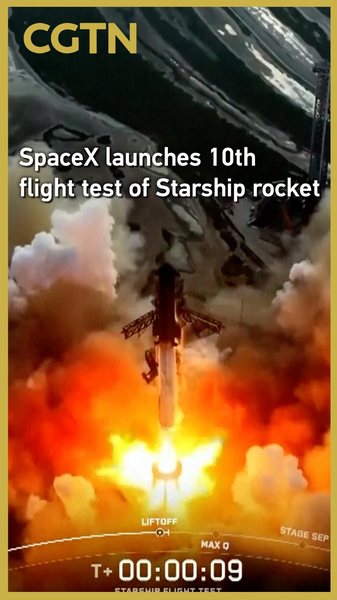When the countdown hit zero on Tuesday at Starbase in South Texas, SpaceX’s mega rocket Starship roared to life for its 10th flight test. For the first time in the program, the booster and second stage combination didn’t just scream skyward—it successfully released eight dummy satellites into low-Earth orbit.
This breakthrough payload drop is a critical step for SpaceX’s vision of a fully reusable super-heavy launch system. Across nine previous tests, engineers focused on mastering controlled descents and landing burns. Now, Starship has added satellite deployment to its toolkit—a clear signal that the rocket is inching toward commercial operations.
Deploying multiple payloads in one mission can drive down launch costs per kilogram, opening doors to new satellite-based services and research projects worldwide. Entrepreneurs in emerging markets and tech hubs around the world are watching closely, eyeing fresh possibilities for connectivity and discovery.
As thought leaders debate the future of sustainable space travel, Starship’s iterative successes spark big conversations about climate-friendly launch systems and space-based solar power. Meanwhile, sports fans and pop-culture enthusiasts imagine zero-gravity concerts and live esports tournaments from orbit.
SpaceX’s next steps will include refining orbital maneuvers, restarting booster engines, and integrating real science payloads. If all goes as planned, the mega rocket could soon transition from test flights to full-fledged missions, carrying crews, cargo, and creativity to the final frontier.
Reference(s):
cgtn.com




